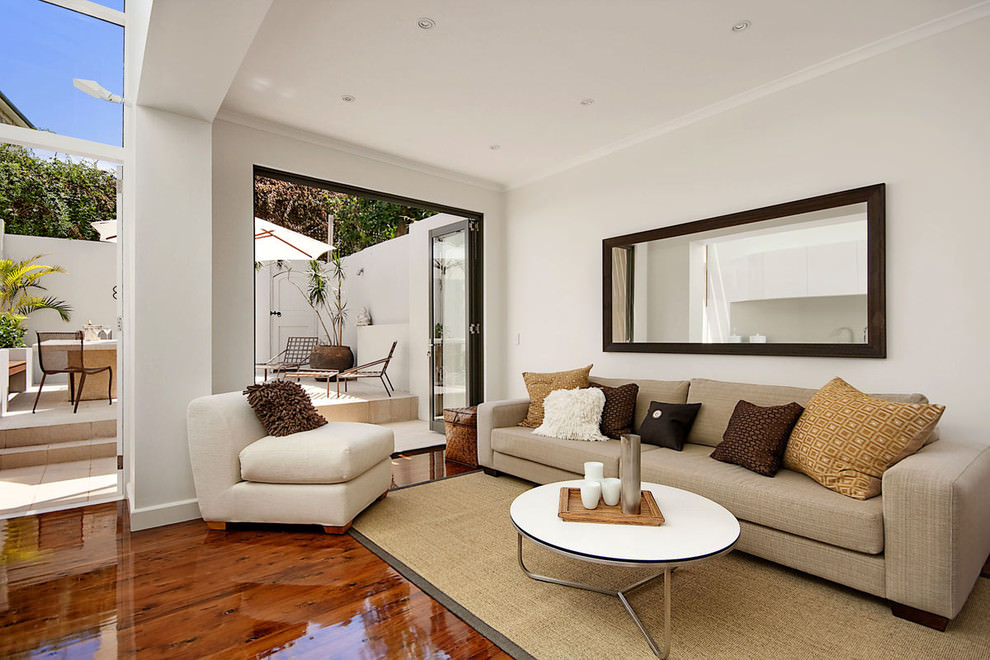If you have a narrow living room, you may feel limited in terms of design and layout options. But fear not, with the right tips and tricks, you can transform your small space into a functional and stylish living room that maximizes every inch of space. Here are our top 10 tips for arranging a narrow living room.Arranging a Narrow Living Room: Tips and Tricks
When working with a small living room, it's important to prioritize and utilize every bit of space. This means carefully considering the placement and size of furniture, as well as incorporating clever storage solutions. One of the best ways to make the most of a small living room is by creating a focal point. This could be a statement piece of furniture or a bold accent wall. This draws the eye and makes the room feel more spacious.How to Make the Most of a Small Living Room
To make the most of a narrow living room, it's important to think vertically. This means utilizing wall space for storage and decor. Floating shelves, built-in bookcases, and wall-mounted cabinets can all provide much-needed storage without taking up valuable floor space. You can also use tall bookcases and floor-to-ceiling curtains to draw the eye upward and create the illusion of a taller room.Maximizing Space in a Narrow Living Room
When it comes to layout, there are a few different options for a narrow living room. One popular layout is the "floating" furniture arrangement, where the sofa and chairs are pulled away from the walls and placed in the center of the room. This creates a more intimate and cozy seating area. Another option is to place the sofa against the longest wall and have chairs and tables on either side to create a balanced and symmetrical look.Small Living Room Layout Ideas
If your living room is not only narrow but also long, it may require some extra planning to create a functional and visually appealing space. One way to break up the length of the room is by creating different zones. For example, you can have a seating area on one end and a small workspace or reading nook on the other. This creates a sense of purpose for each section of the room.Designing a Long and Narrow Living Room
When it comes to furniture for a narrow living room, it's important to choose pieces that are proportionate to the space. Avoid oversized or bulky furniture that can make the room feel cramped. Instead, opt for sleek and streamlined pieces that will open up the space. You can also consider using multifunctional furniture, such as an ottoman with hidden storage or a coffee table that can also serve as a desk.Furniture Arrangement for a Narrow Living Room
Functionality is key in a narrow living room, but that doesn't mean you have to sacrifice style. In fact, with a little creativity, you can have both. One way to make your living room more functional is by incorporating items that serve multiple purposes. For example, a bookshelf can also act as a room divider, a storage ottoman can double as extra seating, and a bar cart can be used as a side table.Creating a Functional and Stylish Narrow Living Room
When it comes to decorating a small and narrow living room, less is often more. Avoid cluttering the space with too many decorative items. Instead, choose a few statement pieces that can add personality and style to the room. This could be a large piece of artwork, a unique rug, or a statement lighting fixture. You can also incorporate pops of color through throw pillows, curtains, and other small decor items.Decorating a Small and Narrow Living Room
We mentioned earlier the importance of utilizing vertical space in a narrow living room, but it's worth emphasizing again. Vertical space not only provides extra storage, but it can also add visual interest to the room. Consider hanging a large piece of artwork or creating a gallery wall. You can also incorporate hanging plants or decorative wall shelves to add dimension and personality to the room.Utilizing Vertical Space in a Narrow Living Room
If your living room is long and narrow, arranging furniture can be a bit more challenging. One helpful tip is to create a furniture "path" that allows for easy movement through the room. This could mean placing furniture in an L-shape or creating a clear walkway between seating areas. It's also important to leave enough space between furniture to avoid a cramped and cluttered look.Arranging Furniture in a Long and Narrow Living Room
Maximizing Space in a Narrow Living Room

Creating a Functional and Stylish Layout
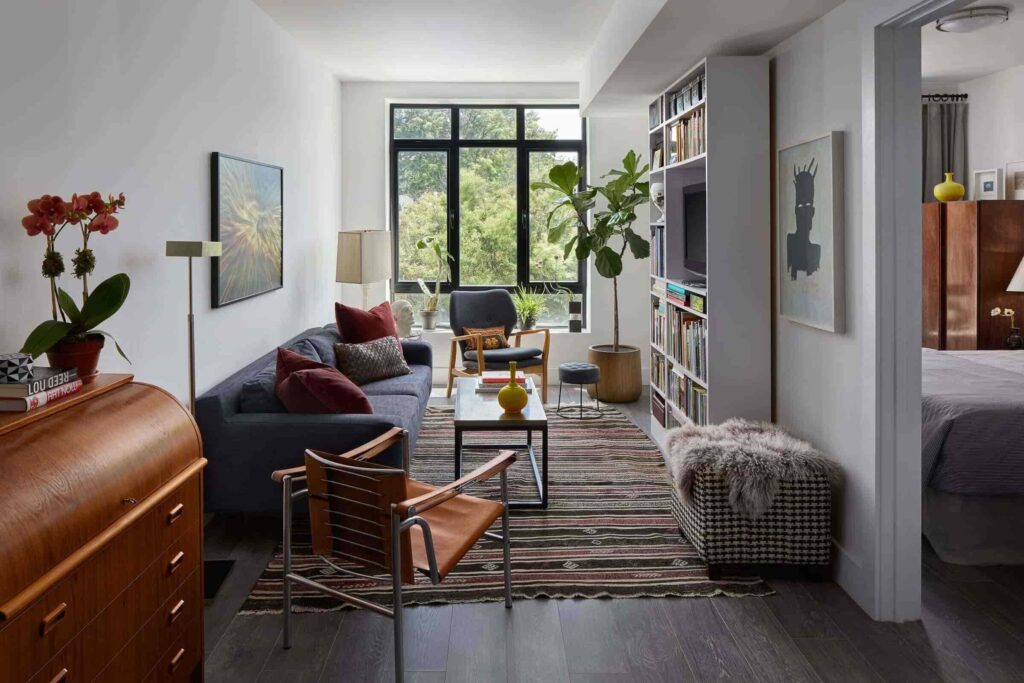 If you're dealing with a narrow living room, it can be a challenge to arrange furniture and make the most of the limited space. However, with some creativity and strategic planning, you can transform your narrow living room into a functional and stylish space. Here are some tips to help you arrange your narrow living room.
1. Measure and Plan Your Space
Before you start arranging furniture in your narrow living room, it's important to take accurate measurements and create a plan. This will help you determine the best layout for your space and avoid any unnecessary clutter. Consider the traffic flow in the room and leave enough space for people to move around comfortably. Use
furniture pieces
that are proportionate to the size of your room to avoid overwhelming the space.
If you're dealing with a narrow living room, it can be a challenge to arrange furniture and make the most of the limited space. However, with some creativity and strategic planning, you can transform your narrow living room into a functional and stylish space. Here are some tips to help you arrange your narrow living room.
1. Measure and Plan Your Space
Before you start arranging furniture in your narrow living room, it's important to take accurate measurements and create a plan. This will help you determine the best layout for your space and avoid any unnecessary clutter. Consider the traffic flow in the room and leave enough space for people to move around comfortably. Use
furniture pieces
that are proportionate to the size of your room to avoid overwhelming the space.
Choosing the Right Furniture
 2. Opt for Multi-functional Pieces
In a narrow living room, it's important to make the most of every inch of space. Look for
furniture pieces
that serve multiple purposes, such as a
sofa bed
or a
coffee table with storage
. This will help you save space and add functionality to your living room.
3. Consider the Scale
In a narrow living room, it's crucial to choose furniture that is proportionate to the size of the room. Avoid bulky and oversized pieces that will make the space feel cramped. Instead, opt for
sleek and streamlined
furniture that will open up the room and create the illusion of more space.
2. Opt for Multi-functional Pieces
In a narrow living room, it's important to make the most of every inch of space. Look for
furniture pieces
that serve multiple purposes, such as a
sofa bed
or a
coffee table with storage
. This will help you save space and add functionality to your living room.
3. Consider the Scale
In a narrow living room, it's crucial to choose furniture that is proportionate to the size of the room. Avoid bulky and oversized pieces that will make the space feel cramped. Instead, opt for
sleek and streamlined
furniture that will open up the room and create the illusion of more space.
Arranging Your Furniture
 4. Focus on the Focal Point
A focal point is the main attraction in a room, and in a narrow living room, it's important to have one to draw the eye and create a sense of balance. This could be a
fireplace, a TV, or a large window
. Arrange your furniture around the focal point to create a cozy and inviting space.
5. Utilize Vertical Space
When it comes to arranging furniture in a narrow living room, don't forget about the vertical space. Use
wall shelves
or
bookcases
to store items and add visual interest to the room. This will free up floor space and make the room feel less cluttered.
4. Focus on the Focal Point
A focal point is the main attraction in a room, and in a narrow living room, it's important to have one to draw the eye and create a sense of balance. This could be a
fireplace, a TV, or a large window
. Arrange your furniture around the focal point to create a cozy and inviting space.
5. Utilize Vertical Space
When it comes to arranging furniture in a narrow living room, don't forget about the vertical space. Use
wall shelves
or
bookcases
to store items and add visual interest to the room. This will free up floor space and make the room feel less cluttered.
Final Thoughts
 With these tips, you can effectively arrange your narrow living room and make the most of the limited space. Remember to keep the traffic flow in mind, choose multi-functional pieces, and utilize vertical space. With a well-planned and carefully arranged layout, your narrow living room can be both functional and stylish.
With these tips, you can effectively arrange your narrow living room and make the most of the limited space. Remember to keep the traffic flow in mind, choose multi-functional pieces, and utilize vertical space. With a well-planned and carefully arranged layout, your narrow living room can be both functional and stylish.















/small-living-room-ideas-4129044-hero-25cff5d762a94ccba3472eaca79e56cb.jpg)


/living-room-gallery-shelves-l-shaped-couch-ELeyNpyyqpZ8hosOG3EG1X-b5a39646574544e8a75f2961332cd89a.jpg)


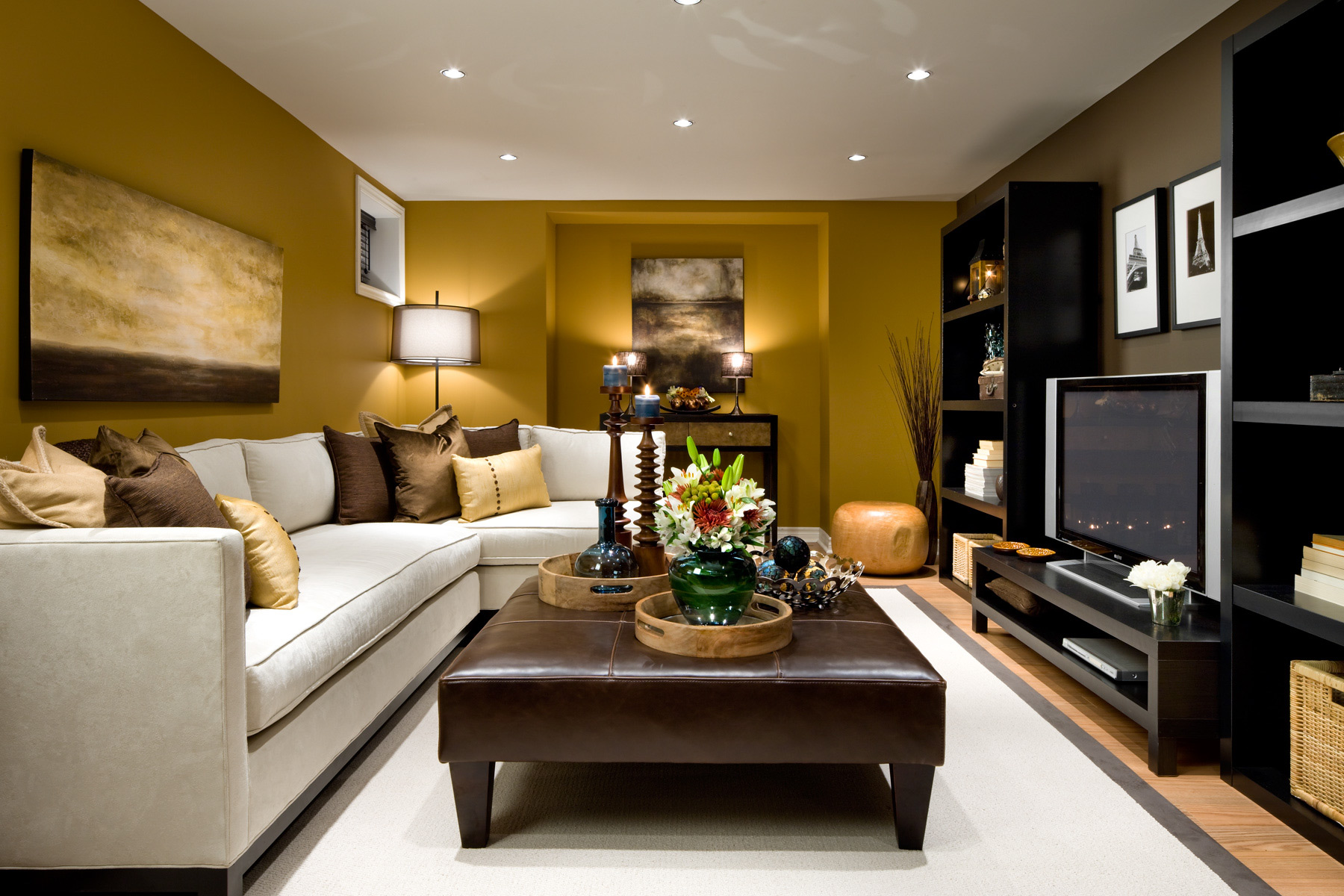




















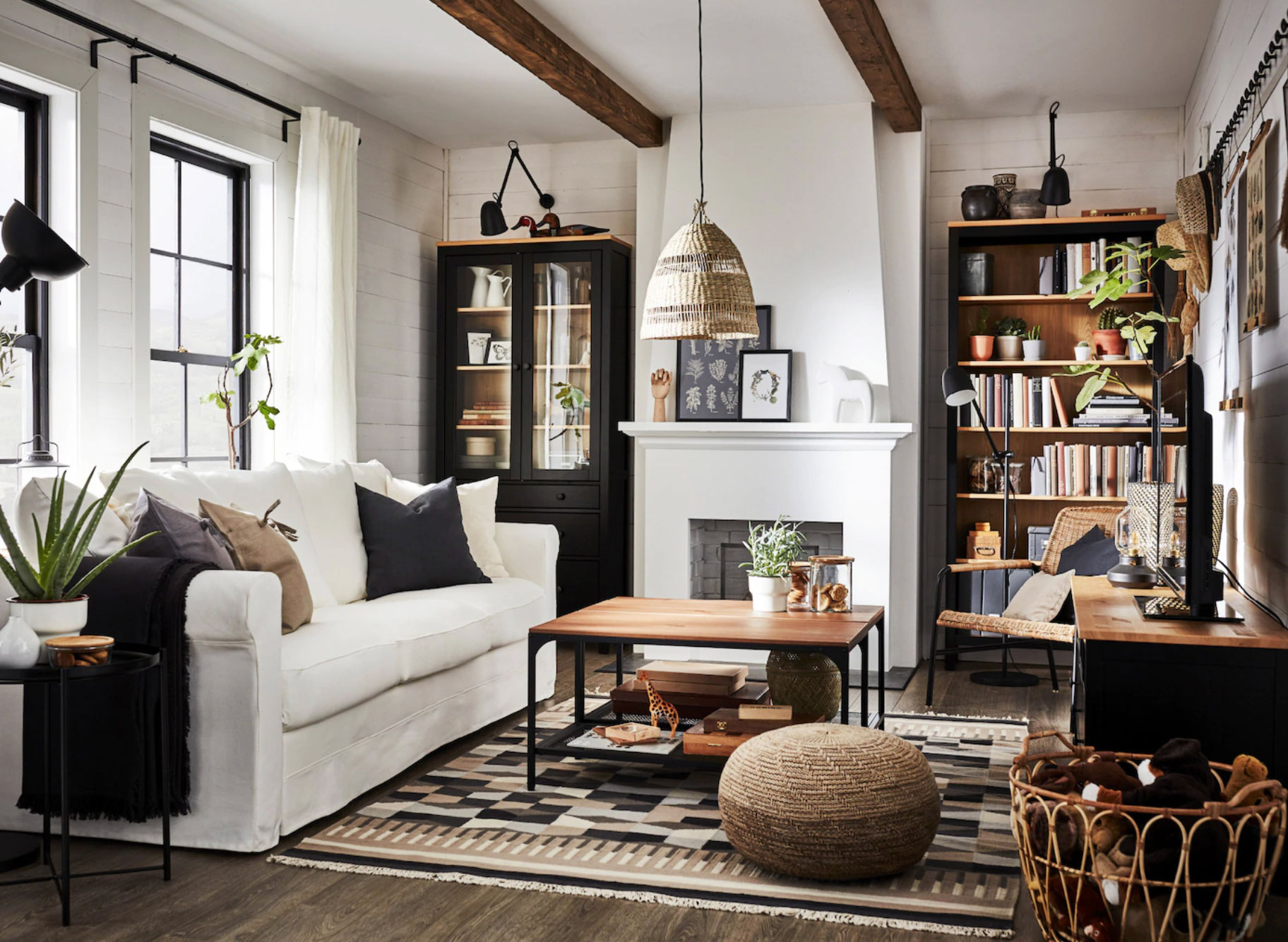






/Long-Narrow-Room-58b9bb943df78c353c2ddc07.jpg)




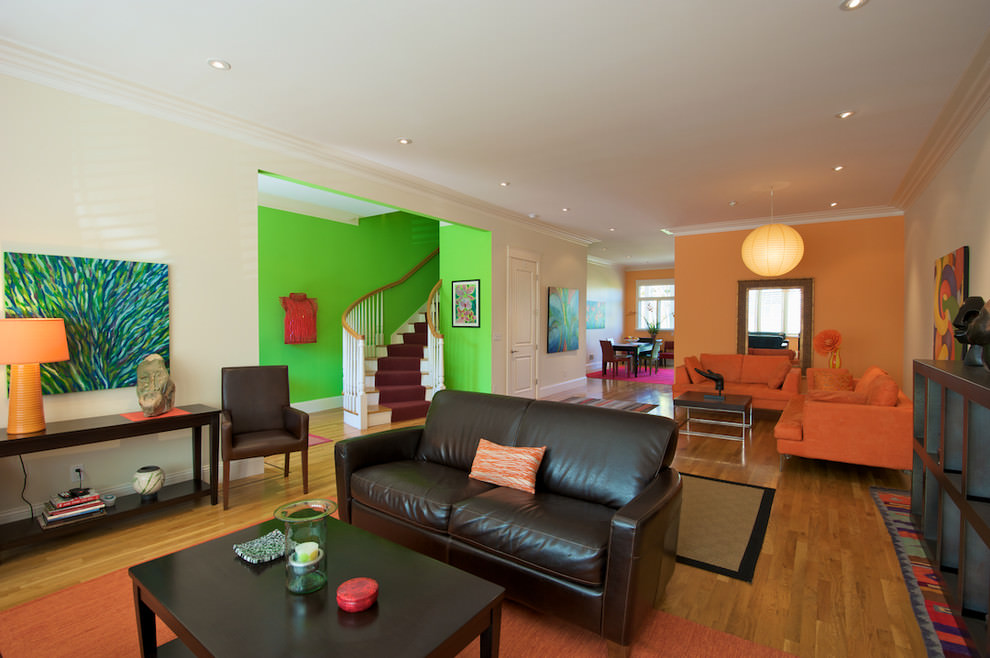














:max_bytes(150000):strip_icc()/bartlamjettecreative-b8397fee2916458e8198b26d1401d8b8.png)


